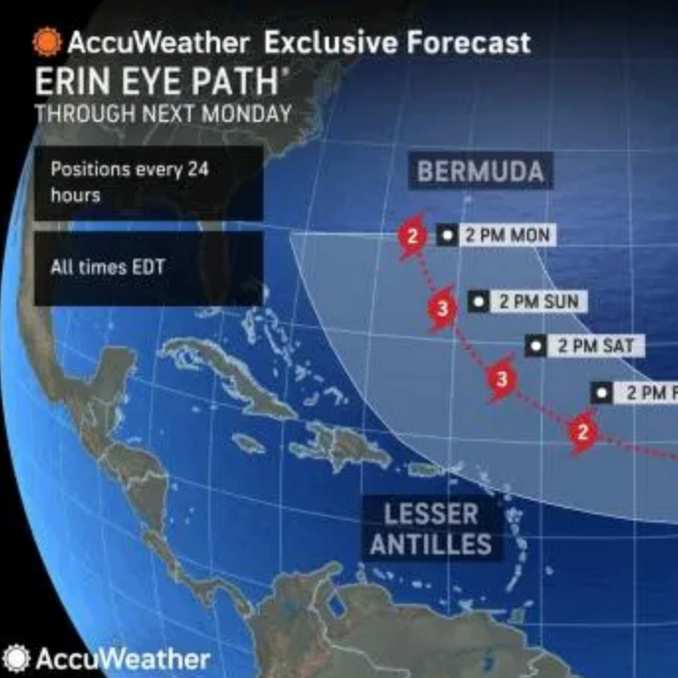Accounting for Shared Costs
When a fifth floor tenant of a mid-rise residential property left for a work trip during a winter cold spell, the PT air conditioning system failed, flooding out the lower four floors of their luxury condominium building located just below Houston Street on the Lower East Side of Manhattan. The condominium Board of Directors contacted Eastern Public for assistance in dealing with their insurance company. The carrier had assessed the scope of the repairs at far below the true cost needed to repair the 2005 condos, which featured top of the line finishes throughout.
In addition to negotiating coverage for the increased scope and cost of repairs, Eastern Public guided the Board and the tenants to collect insurance proceeds to cover the cost of abating common area maintenance fees for the affected tenants of the building, allowing tenants to mitigate expenses during the restoration.
Our Work
News & Press








